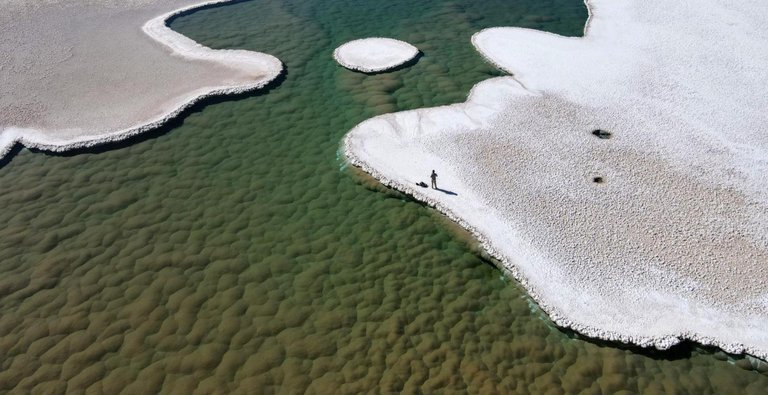The last cradle of life
The last cradle of life

Souce
What was the place on Earth where organic molecules and other elements that perhaps we still need to discover were united to give rise to life, what was that cradle of life like, on December 6, the University of Colorado Boulder published a work by geologist Brian Hinek.
This lost lagoon is located 9 hours walk from the nearest village, at 3600 m altitude in one of the driest and most forgotten places on the planet where rain is a very strange phenomenon, the sun mercilessly hits any living being that tries to arrive at the place and yet there is life there, there are enormous constructions of stromatolites or complex microbial communities.

Souce
This place offers scientists a natural laboratory to understand how life emerged on Earth and perhaps also on other planets such as Mars, since the red planet had the same environmental conditions as Earth billions of years ago, if life emerged there would initially look like what we are seeing in this Lagoon in Argentina, but scientists have little time to gather data because apparently this cradle of life could be destroyed in a few years, since there is a company that has leased the area to extract lithium.
Thank you for visiting my blog. If you like posts about #science, #planet, #politics, #rights #crypto, #traveling and discovering secrets and beauties of the #universe, feel free to Follow me as these are the topics I write about the most. Have a wonderful day and stay on this great platform :) :)
! The truth will set us free and science is the one that is closest to the truth!
0
0
0.000
Thanks for your contribution to the STEMsocial community. Feel free to join us on discord to get to know the rest of us!
Please consider delegating to the @stemsocial account (85% of the curation rewards are returned).
You may also include @stemsocial as a beneficiary of the rewards of this post to get a stronger support.